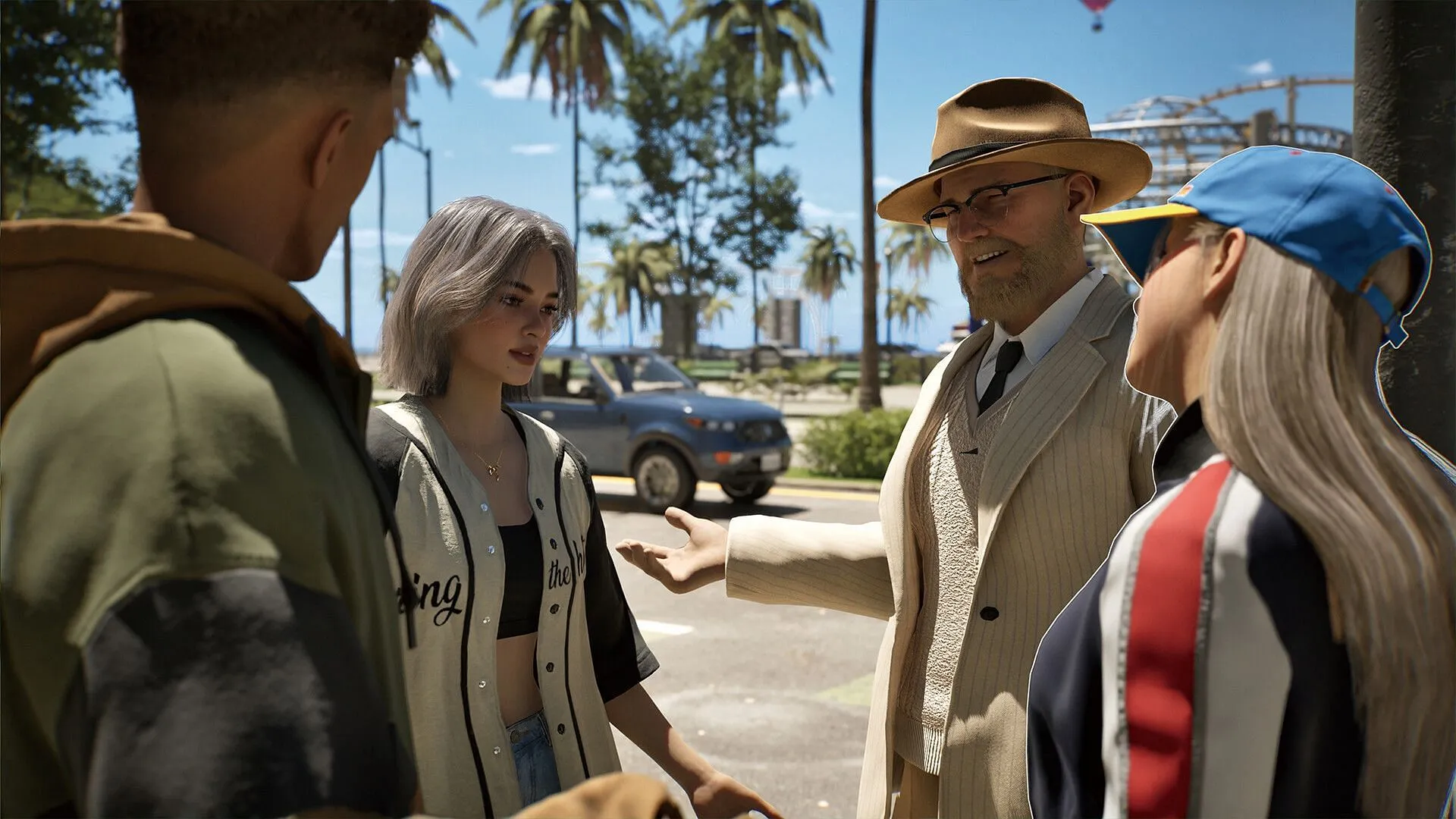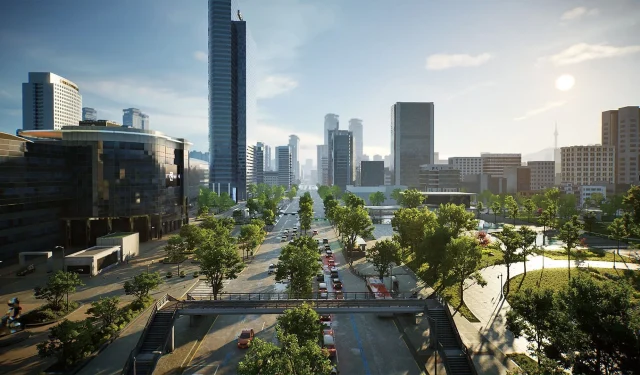Inzoi is an innovative life simulator that recently entered early access, captivating players with its immersive features. This engaging title enables users to design their unique characters, known as Zois, and participate in a variety of daily activities, including cooking, fishing, and driving.
Despite being introduced in a gaming landscape dominated by established franchises such as Second Life, Inzoi has quickly cultivated a passionate player community. However, this rapid rise in popularity has inevitably led to comparisons with its predecessors.
This article will delve into the similarities and distinctions between Inzoi and Second Life, providing a comprehensive overview of how these two virtual worlds compare.
Common Ground: Inzoi and Second Life

1) Extensive Customization
One of the standout features of Second Life is its expansive customization options, allowing players to design avatars, virtual items, and environments using their creativity. This flexibility has been a cornerstone of its appeal.
In contrast, Inzoi also embraces this customization ethos, enabling players to craft in-game assets — from furniture and textures to character models — thereby offering a personalized gaming experience that resonates with its audience.
2) Host-Driven Events
Second Life has built a supportive community, frequently hosting conferences and parties that foster social interaction among users.
While Inzoi primarily offers a single-player experience, it introduces a unique twist by allowing players to organize in-game events for NPCs instead of real individuals. These interactions, though limited to NPCs, are enriched by the realistic character models that populate the world.
3) Virtual Economic Systems
The virtual economy in Second Life is a defining aspect, where users can buy and sell digital items, generating in-game currency through various jobs. This adds depth to its simulation of reality.
Inzoi implements a similar economic framework, permitting transactions with NPCs to buy and sell virtual goods. The major distinction remains that player-to-player trades are absent, creating a different transaction dynamic.
Key Differences: Inzoi vs. Second Life

1) Visual Fidelity
Visual presentation marks a significant divide between the two titles. Second Life, with its aging graphics, often features low-resolution textures and simple character models that no longer align with contemporary gaming standards.
Conversely, Inzoi boasts stunning visuals characterized by realistic character models, high-resolution textures, and fluid animations, setting a higher bar for visual quality in life simulations.
2) Game Theme and Atmosphere
Second Life embraces a diverse array of themes, featuring both urban settings and fantasy realms, which provide players with varied environments to explore.
Inzoi, however, leans towards a futuristic theme, presenting a utopia where technology plays a pivotal role in daily life, thereby creating a distinctly advanced atmosphere that differentiates it from its predecessor.
3) Accessibility Challenges
Second Life’s older technology allows it to run smoothly on lower-end PCs, making it accessible to a broader audience. With multiple updates, the game has achieved commendable optimization for various systems.
On the other hand, Inzoi’s cutting-edge graphics and intricate character details necessitate the use of more powerful, modern computers, potentially limiting its player base.


